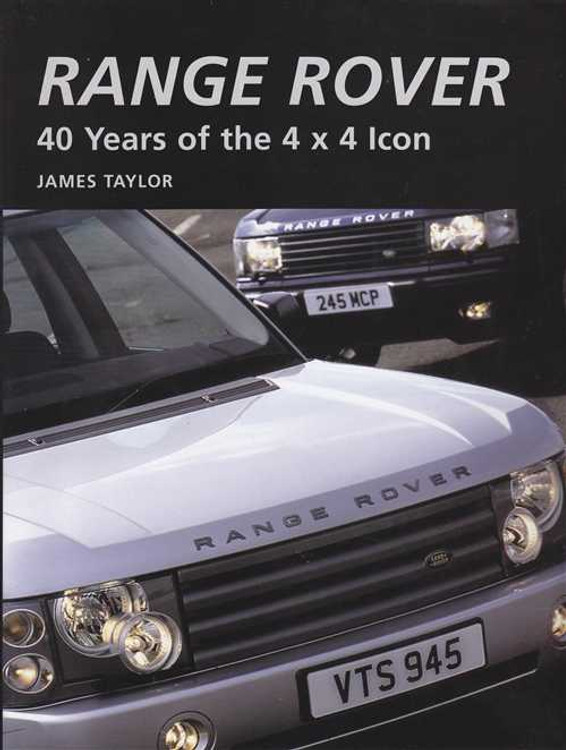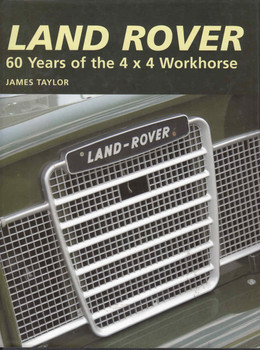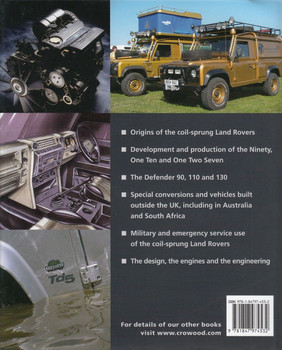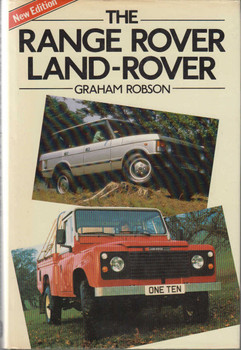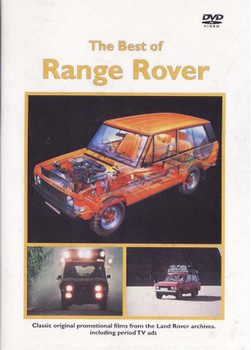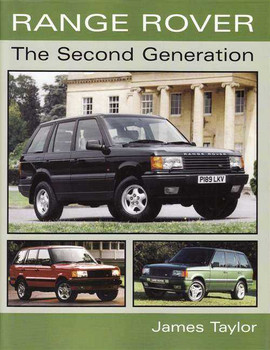Description
By: James Taylor .
Description
The original Range Rover changed the face of the Land Rover marque forever when it was introduced in 1970. Land Rovers had always been working vehicles, with few concessions to comfort or road performance. Suddenly, here was a high-performance estate car with excellent road manners that still wore a Land Rover badge and could still cut it in the rough when required. It was an instant winner.
Central to the Range Rover's success was its feel-good factor, brought about by a combination of high driving position, superb all-round visibility and the punch of the V8 petrol engine that was then the only option. Before long, however, customers wanted more: more performance, more doors, more equipment, more comfort. Land Rover, which had become a separate company in 1978, reacted by gradually turning the Range Rover into a luxury car.
Replacing the much-loved first-generation model, which remained in production for an incredible twenty-six years, was a huge challenge. Yet the second-generation Range Rover of 1994-2001 built on the strengths of its predecessor, adding more luxury, equipment and performance, if at the expense of some of the original's character. It was still a first-rate off-roader as well as a luxury car, but in its complexity it left the Range Rover of the 1970s far behind. Diesel engines, introduced as the poor man's option on the original model, became central to the line-up.
By the time the third-generation Range Rover was developed, Land Rover was owned by BMW and there was substantial input to its design from the German company. Ironically, before the new model reached the showrooms, Land Rover changed hands yet again and the new Range Rover was launched under Ford ownership. Ford scrambled to replace BMW engines with its own, and the refreshed Range Rover models remained one of the world's most coveted cars as the brand celebrated its fortieth anniversary in 2010.
But by then they were not alone. The aura of the Range Rover name had spilled over onto a companion model, less expensive but with a focus on driving dynamics combined with luxury and the traditional Land Rover off-road excellence. The Range Rover Sport, introduced in 2005, became Land Rover's massively successful entry into the performance SUV market.
This book tells the full story of all three generations of Range Rover, as well as the Range Rover Sport and the secrets of their design and development stages. It contains full specifications, production changes and over 300 photographs, and is a must-have for all owners and admirers of the Range Rover.
